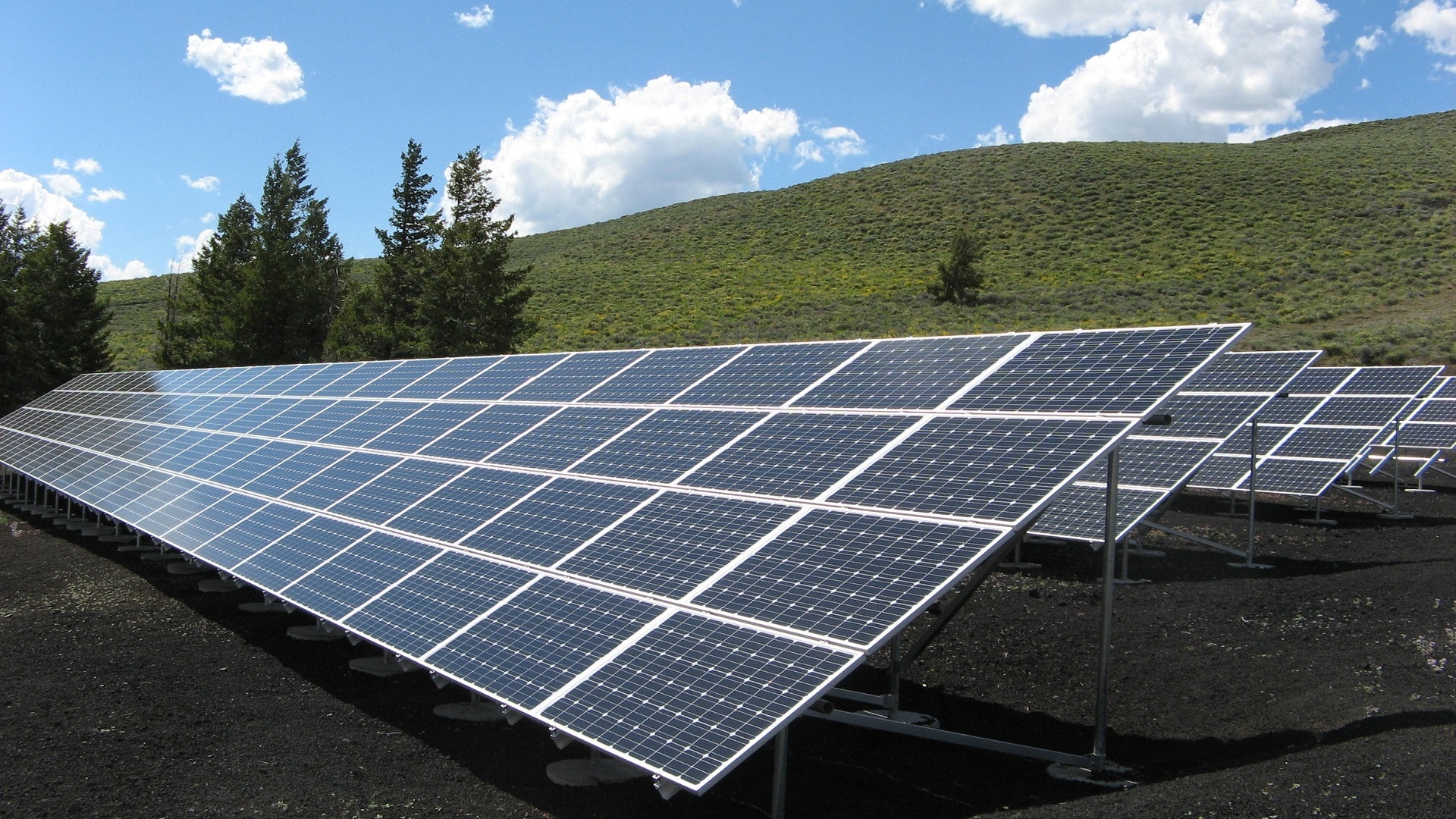The Department of Public Health has concerns over the presence of the chemical PFAS in solar panels that will be installed near a watershed area that supplies drinking water, but the unnamed solar company has not answered the department’s questions.
During a Nov. 3 meeting of the Connecticut Water Planning Council, Lori Mathieu, chief of the CWPC Drinking Water Section of the DPH, said they were receiving “push back” on their questions related to PFAS and solar panels.
“PFAS, solar panels – We’ve asked the question, we’ve received some information, we have also received some push-back when we ask those questions about whether these panels contain PFAS and different PFAS chemicals,” Mathieu said.
“You place this kind of technology in a public water-supply area, that is a concern for us,” Mathieu said. “This is an important issue. Where should these go? Who is saving the money? Where is this funding going? Who is benefiting from all of this? Does the private citizen benefit from all of these installations?”
PFAS, or Polyfluoroalkyl substances, refers to a large group of manmade chemicals used for manufacturing industrial and consumer products and can accumulate in both the environment and human body over time.
The use of PFAS in firefighting foam came to light following a spill at Bradley International Airport that leaked thousands of gallons into the Farmington River.
In July of 2019, Gov. Ned Lamont created an interagency task force “to protect human health and the environment from the harmful effects” of PFAS by minimizing environmental exposures for Connecticut residents, minimize future releases of PFAS into the environment and “identify, assess and clean up historic releases of PFAS to the environment.”
The legislature also approved $2 million in funds for water testing and cleanup but the COVID-19 pandemic delayed much of that work, according to an article posted by CT Mirror.
Reached for comment, DPH Communications Director Av Harris said he could not reveal the location of the proposed solar panel site or the name of the company because it “concerns critical infrastructure and is exempt from FOIA.”
However, he did confirm that the solar company has not yet been cooperative with DPH in disclosing the chemical contents of its panels.
“In conjunction with a recent application from a water company, the DPH requested information on the PFAS content in all the components associated solar power generation and whether that PFAS can leach from the components to impact drinking water supplies,” Harris wrote in an email.
“The solar company proposing to install the system did not verify that the system was PFAS free, nor did it confirm that PFAS potentially in the system could not adversely affect the public drinking water source of supply,” Harris said.
Although the location of the solar panel development is unknown, according to the Connecticut Siting Council, there is an application posted for a solar generating facility in South Windsor and petitions for construction of solar panel electricity generating facilities in Hampton, Ansonia, Stonington, Watertown, East Windsor, Southington, Hamden, Bristol, Bethlehem and Burlington.
Basically, there could be more solar panel facilities popping up all over Connecticut, part of the state government’s push for the state to generate all of its electricity from renewable resources by 2050.
According to the Carolina Journal, the Environmental Protection Agency confirmed that a PFAS chemical treatment known as GenX is used in the production of solar panel components and that they’re not really sure what the potential effects of those chemicals could be.
The concern over PFAS chemicals made its way to the U.S. House of Representatives, where a bill requiring the labeling of certain PFAS chemicals as hazardous and investigation into other chemicals by the EPA passed in January of 2020 but hasn’t been taken up in the Senate.
However, some solar advocates dismiss the concern over PFAS in solar panels.
According to Dr. Annick Anctil of Michigan State University, “PFAS is not customarily used in solar panels because safer, effective alternatives have already been developed and commercialized. Moreover, no studies have shown the presence of leaching of PFAS from PV panels – either while they are in active use or at the end of their life (e.g., in a landfill).”
In a 2018 presentation by the New Hampshire Department of Environmental Services, the department said it had not found PFAS contamination near solar sites but had not specifically studied run-off near solar installations and hadn’t reviewed solar panel designs to determine if PFAS was used.
**Meghan Portfolio contributed to this article**

